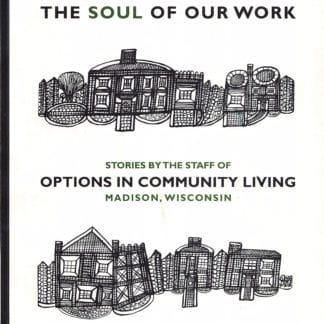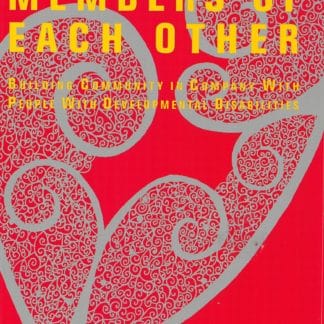John O’Brien
2013
Despite its usage in the disability field for many years, there are important differences in understanding of what inclusion is, how much to value it in relation to other desirable things, and especially what it means for the future of services. The diagram on the other side of this page maps different understandings of inclusion on two dimensions:
Inclusion is important, but it’s not our task
Responsibility
Inclusion is the core of our identity
Responsibility – the demand for organizational action required by inclusion. Low responsibility means that, however important inclusion may be, it is primarily someone else’s task. Low responsibility for inclusion (Quadrant I & Q II) often means putting higher priority on other concerns like using scarce resources to provide current services to as many people as possible or respecting people’s or families’ expressed choice for current arrangements, or providing specialized interventions for underserved groups. Priority on action for inclusion might increase if funding increased to exceed perceived need for adequate pay and absorption of those who are not fully served. High responsibility (Q III & Q IV) sees inclusion as a moral and practical imperative, a matter of social justice and a measure of social responsibility. A service can’t produce inclusion alone, but getting much better at the work of building relationships that cross boundaries is central to its mission and high among its priorities.
We have just scratched the surface. Deep & challenging learning is necessary
We know how to support inclusion when the necessary resources are available
Disruption – the extent of innovation that inclusion demands. Low disruption (Q II & Q III) holds that current practice is generally on track to offer as much support for inclu- sion as is possible and desired by people and families. Under all but the most unusual circumstances (exceptional levels of funding or heroic levels of family effort) inclusion outside the family circle and service world is unrealistic for people who require high levels of accommodation and assistance.



